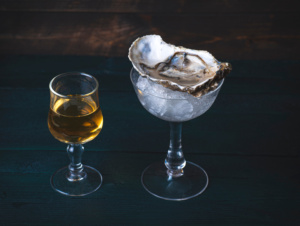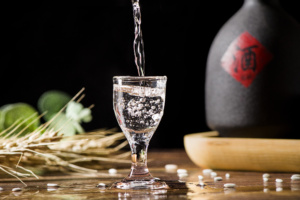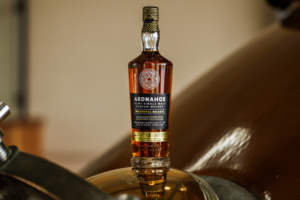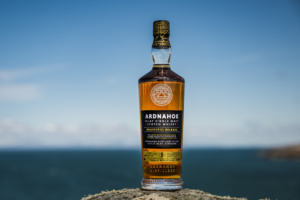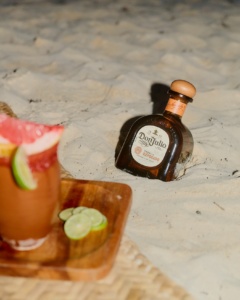Peat: Everything You've Ever Wanted To Know
What is it?
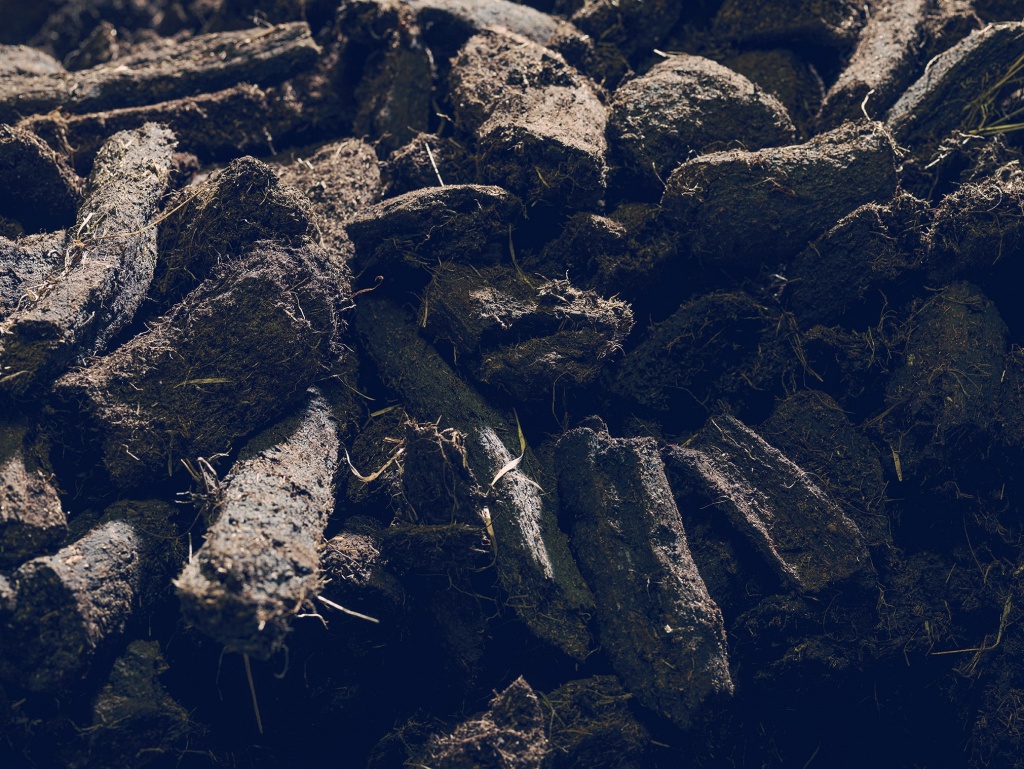
Peat is decomposed organic plant matter, which has been compressed for thousands of years, and now serves as an organic fuel. It can be found in peat bogs across Scotland, especially in the Highlands and Islands - covering about 23% of the country.
Although famously tied to the Scotch industry, peat can also be found in Ireland, Canada, Russia and Scandinavia. For example, Danish distillery, Stauning, use peat from local bogs in their process.
How is it used in the whisky making process?
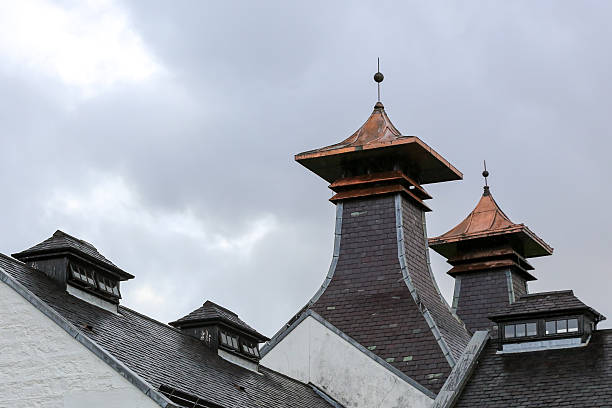
Peat was traditionally used in whisky-making as a way to heat and dry out the barley during malting. Malting is when the germination begins, making the barley ready for fermentation. On the malting floors of a distillery, the barley is then spread out and peat is burned in the kiln below it. The resulting heat and thick clouds of smoke overcomes the barely, and the aromas are absorbed into the surface of the husks. Effectively, the smokiness of the peat was initially an unintended consequence of the necessary process of drying out the barley.
With modern heating methods becoming prevalent in the 20th century, burning peat was no longer necessary. Therefore, using peat is an optional step, used for imbuing a traditional peaty and smoky flavour..
What flavours does it imbue?

What does peaty really mean, when describing a whisky? Many define peaty as being an earthy, muddy and warming taste - a bit like a smouldering fire a damp bonfire. However, peat from different areas imbues different flavours on to the whisky.
Islay peat is noted for its strong, briny, medicinal-like influences as the peat is marked by thousands of years of rugged sea air. However, mainland blanket bogs are formed from more trees, and therefore bring more woody and savoury elements to the fore. Highland Park uses local Orkney peat in all their expressions which is rich in heather, resulting in unique floral aromas and sweet-smoky flavours on the palate.
Peated whiskies also have a PPM (parts per million) level, which determines the phenol content of the malted barley after kilning. Phenols are a group of compounds which denote smoky and peaty character, more of which are imbued the longer the barley is smoked. Therefore, a higher PPM will influence the taste of a whisky. For example, Ardbeg usually has a level of 50-55 ppm, making them firmly peated but not overwhelming - so that the flavours of the base spirit and casks still shines through.
What distilleries are known for peaty whisky?
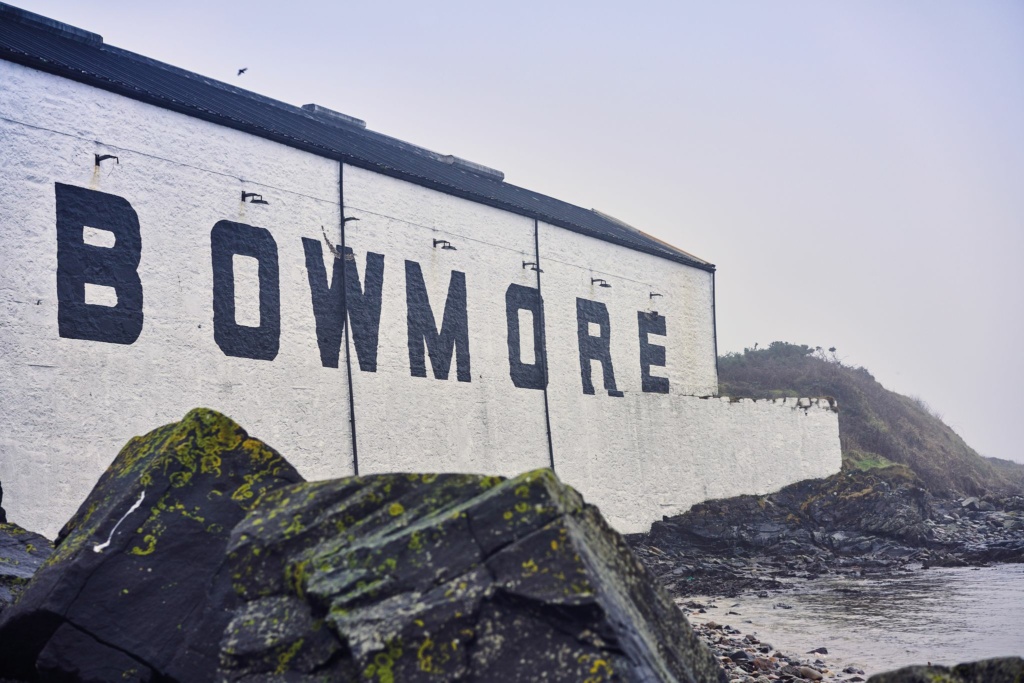
Islay is the home of peated whiskies, as the area is abundant in high-phenol, and high quality peat. Even the few distilleries which do not burn peat in the malting process, such as Bruichladdich, hold a subtle peaty taste due to the water on Islay running through peat bogs. The taste even varies across the island: Laphroaig is noted for its iodine, seaweed-like quality, whereas Bowmore brings a more smoky, woody campfire flavours and Ardbeg being oily and heavy with notes of creosote and tar.
However many mainland and island distilleries are branching out into peated whisky, with Arran producing the heavily-peated Lagg, Tobermory producing the smoky Ledaig for six months out of the year and Glenallachie recently launching Meikle Toir, their own smoky twin.
Explore more peated whiskies, here.
FAQ
- Beyond the traditional method of using peat during malting, are there any alternative techniques or innovations in the whisky-making process that utilize peat to impart flavour? While peat has traditionally been used during the malting process to impart smoky flavours to whisky, some distilleries are exploring alternative techniques and innovations to incorporate peat into other stages of whisky production. For instance, there are experiments with aging whisky in peat-smoked casks to enhance smokiness and complexity. Some other spirits, such as gin, have experimented with using peat as a botanical during distillation. These innovative approaches allow distillers to explore new avenues for flavour development while maintaining the distinctive character of peated whiskies.
- Are there any environmental or sustainability considerations associated with the harvesting and use of peat in whisky production? The harvesting and use of peat in whisky production raise important environmental and sustainability considerations. Peatlands play a crucial role in carbon sequestration, biodiversity conservation, and ecosystem functioning, making their preservation essential for mitigating climate change and supporting wildlife habitats. Distilleries that source peat must adhere to responsible harvesting practices to minimize their impact on fragile peatland ecosystems. This may involve implementing measures such as sustainable peat extraction techniques, habitat restoration initiatives, and conservation partnerships with local environmental organizations. By prioritizing environmental stewardship and sustainability, distilleries can ensure the long-term viability of peat as a valued ingredient in whisky production while preserving the ecological integrity of peatland landscapes.
- Beyond Scotland, which other regions or countries are known for producing peated whiskies, and how do their peat sources and production methods differ from traditional Scottish techniques Ireland, while not traditionally associated with peated whiskies like Scotland, has a few distilleries producing such expressions. Japanese distilleries have also experimented with peated whiskies, often incorporating locally sourced peat from regions like Hokkaido. In the USA, American craft distilleries are producing peated whiskies using locally sourced or imported peat. Additionally, Indian distilleries have ventured into peated whisky production, offering expressions with diverse flavour profiles influenced by the country's climate and terroir. While Scotland remains the primary producer of peated whiskies, these regions are increasingly embracing peat to create distinctive expressions appealing to whisky enthusiasts globally.
 4.7/5 with 10,000+ reviews
4.7/5 with 10,000+ reviews
